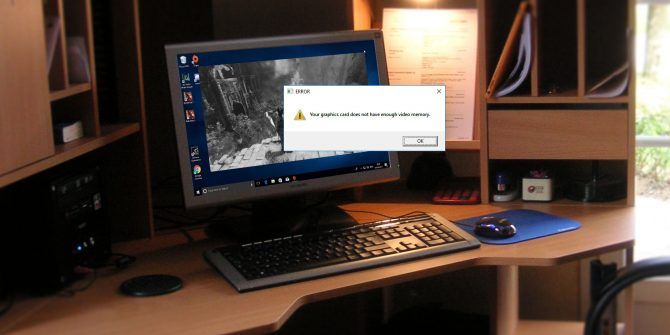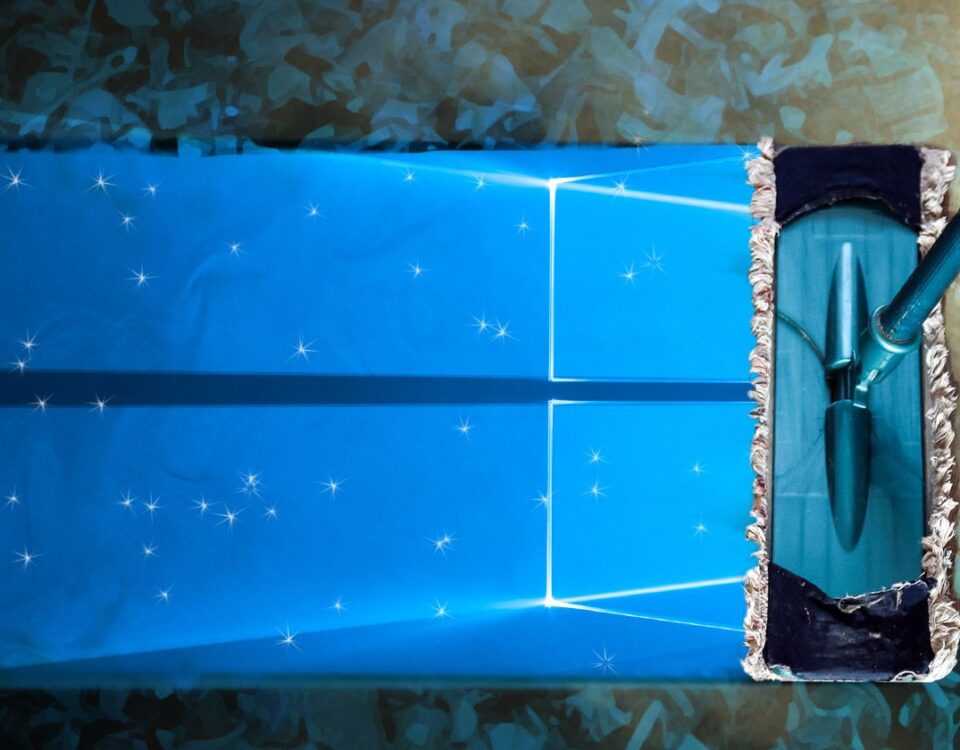
The Windows 10 May 2021 Update Is Now Available in Release Preview
30 abril, 2021
The Step-by-Step Guide to Making Your Windows 10 PC Child Friendly
30 abril, 2021The Microsoft Surface Comparison Guide: Which Device Is Best for You?
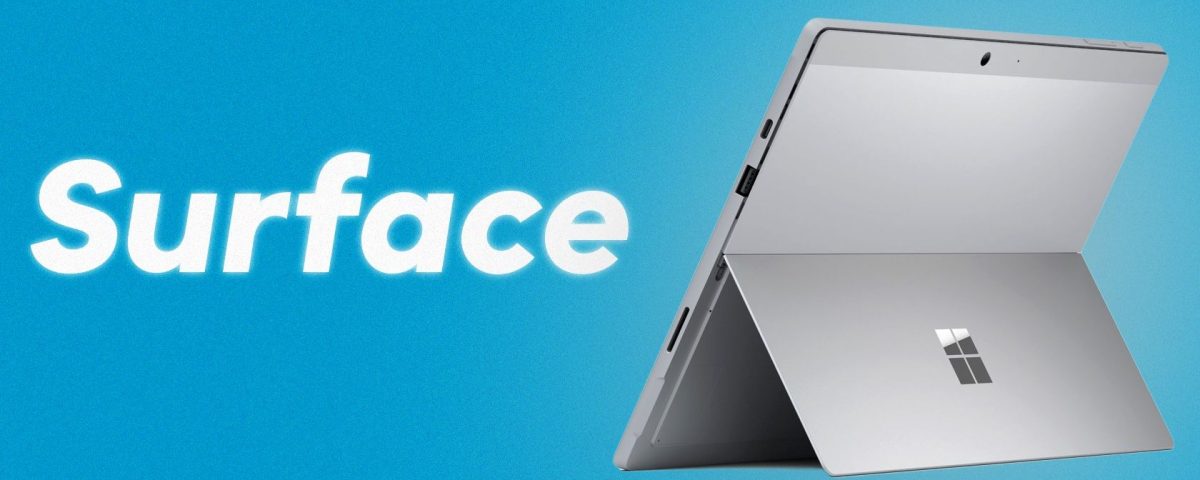
La Guía de comparación de superficies de Microsoft: ¿Qué dispositivo es el mejor para usted?
If you’re looking to buy a Windows computer, Microsoft offers some of the best options for students, professionals, and everyone in between.
Over the past couple of years, Microsoft has launched seven Surface devices, diversifying its lineup and giving consumers the ability to choose a computer based on price, features, and design.
With so many options available at the moment, we’ve created this Microsoft Surface comparison to help find the right device for you.
The Surface Studio 2 is Microsoft’s second desktop all-in-one, and it’s one stunning device. The Studio 2 uses a zero-gravity hinge for its display to allow you to come down at an angle for pen input, allowing you to sketch, draw, and write on it with ease.
It also features the largest and highest resolution panel of the range, coming in at 28 inches and with a resolution of 4500×3000. Consequently, you’re going to be getting a comfortable 4K panel with a 3:2 aspect ratio. This panel is a touchscreen and compatible with the Surface Pen and Surface Dial.
The design of the Surface Studio 2 is incredibly unique, and that comes at a cost; the Surface Studio 2 is the most expensive device in Microsoft’s lineup. However, if you’re in the market for a dedicated desktop that integrates well with a creative workflow, this might be the ultimate machine for you.
- Zero-gravity hinge
- Surface Pen support
- Surface Dial support
- Brand: Microsoft
- Storage: 1TB/2TB
- CPU: Intel Core i7-7820HQ
- Memory: 16GB/32GB
- Operating System: Windows 10 Pro
- Ports: 4x USB 3.0, SD card reader, 1 x USB-C, 3.5 mm headphone jack, 1 Gigabit Ethernet port
- Display (Size, Resolution): 28-inch, 4500×3000
- Expansive screen real-estate
- Unique design made for creative workflows
- Expensive
- Hardware from 2018
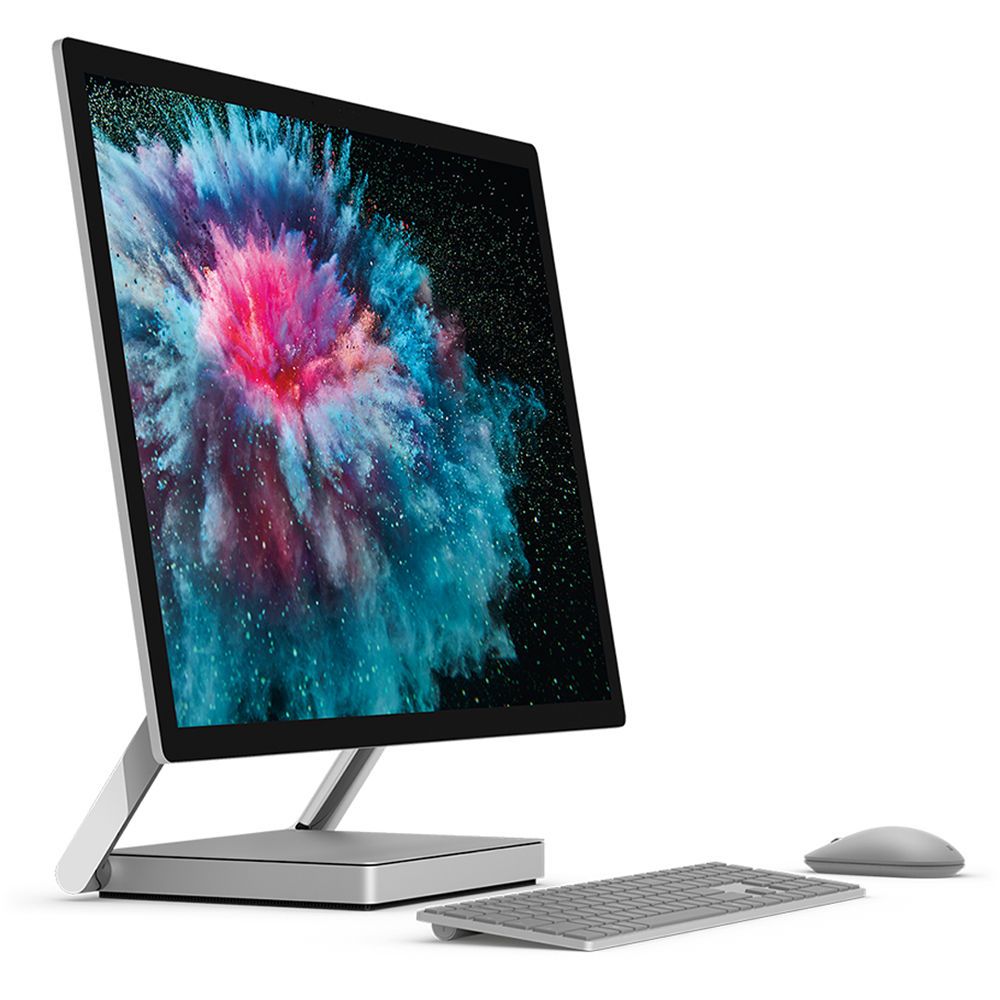
Shop
The Surface Laptop 4 is the most powerful Windows laptop in Microsoft’s lineup. This device is an incremental upgrade to the Surface Laptop 3, but the most notable improvements are that the laptop is now lighter and thinner.
The computer comes in two variants; Intel-based or AMD-based. The Intel edition features 11th-gen EVO processors and Integrated Iris Graphics. Opt for the AMD version, and you get the AMD Ryzen 4000 Series processor and Radeon Graphics.
Whichever you choose, both offer an excellent balance between performance and battery life. The Surface Laptop 4 also provides a choice between a 13.5-inch and 15-inch display.
- 1440p touchscreen display
- Compatible with the Surface Pen
- Dolby Atmos support
- Brand: Microsoft
- Storage: 256GB/512GB/1TB
- CPU: Intel Core i5-1135G7/Intel Core i7-1185G7/AMD Ryzen 5 4680U/Ryzen 7 4980U
- Memory: 8GB/16GB/32GB
- Operating System: Windows 10 Home
- Battery: 47.4WH/45.8WH
- Ports: 1 x USB-C, 1 x USB-A, 3.5 mm headphone jack, 1 x Surface Connect port
- Camera: 720p
- Display (Size, Resolution): 13.5-inch, 2256 x1504/15-inch, 2496×1664
- Weight: 1,265g/1,542g
- GPU: Intel Iris Xe Graphics/AMD Radeon Graphics
- Fast chipsets
- Good battery life
- Better speakers
- Fast charging
- Decent camera and microphone system
- No SD card slot
- USB-C isn’t Thunderbolt 3-compatible
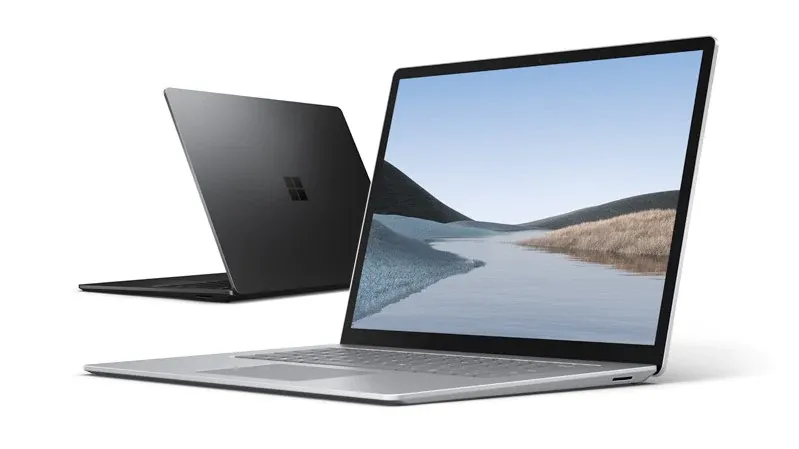
Shop
The Microsoft Surface Laptop Go is the first full laptop in the Go range, and it offers excellent value for what you’re getting. The Surface Laptop Go uses the 10th-gen Intel i5 processor. As a result, you get the equivalent performance of the i5 editions of the Surface Laptop 3 and Surface Pro 7.
The only caveat you’re going to find is that the base model only has 4GB of RAM and 64GB of storage. If you’re in the market for a device like this, you should opt for the mid-tier 128GB or 256GB models as they have more storage and RAM.
This device is best suited to everyday productivity tasks, like video calls, creating documents, and browsing the web. In the Surface range, it finds itself somewhere between the Surface Go 2 and the Surface Pro 7.
- Available in multiple colors (Platinum, Ice Blue, and Sandstone)
- Windows Hello authentication with built-in fingerprint scanner
- Features a touchscreen display
- Brand: Microsoft
- Storage: 256GB
- CPU: Intel Core i5
- Memory: 8GB
- Operating System: Windows 10 S
- Battery: 13 hours
- Ports: USB-C, USB-A, 3.5mm jack
- Camera: 720p
- Display (Size, Resolution): 12.4-inch, 1536×1024
- Weight: 2.42lbs
- GPU: Intel UHD Graphics
- Great price
- Adequate performance
- Decent battery life
- Base model only has 4GB of RAM and 64GB of storage
The Surface Pro 7 is Microsoft’s incremental update to the company’s signature Surface Pro line of devices. The Surface Pro 7 has a built-in kickstand that makes the tablet ideal for note-taking, drawing, or editing with the Surface Pen.
The main upgrades this device has over its predecessors are the improved Intel 10th-gen processors and a removable SSD. Microsoft opted not to make any aesthetic changes to previous editions, so the design does feel slightly dated.
That being said, this is still an excellent device for older students—those in high school or higher education—as the performance, battery life, and flexibility allow this device to appeal to the classroom environment.
- Available in two colors
- Three modes, including laptop, studio, and tablet
- Built-in kickstand
- Surface Pen support
- Brand: Microsoft
- Storage: 1TB
- CPU: Intel Core i7-1065G7
- Memory: 16GB
- Operating System: Windows 10 Pro
- Battery: 10.5 hours
- Ports: USB-C, USB-A, 3.5mm audio, MicroSDXC card reader
- Camera (Rear, Front): 8MP, 5MP
- Display (Size, Resolution): 12.3 inches, 2736×1824
- Good performance
- Wi-Fi 6
- Removable SSD
- Dated design
- No Thunderbolt 3 support
The Surface Go 2 is the cheapest Surface device available, and it’s a decent entry device for kids or students. The Surface Go 2 features a smaller version of the Surface Pro design and uses the same materials, making it feel premium compared to similarly-priced devices like Chromebooks.
The built-in kickstand makes the device ideal for watching videos and note-taking. The Go 2’s main caveat is its performance; the base Pentium 4425Y model is not sufficient in running Windows adequately. Even the improved m3 variant is still not on par for running more intensive applications.
Overall, the Surface Go 2 is an excellent choice for students and kids because its feature set makes it ideal for school work and downtime.
- Has Surface Pen support
- Built-in kickstand
- 10-hour battery life
- Brand: Microsoft
- Storage: 256GB
- CPU: Intel Core m3 8100Y
- Memory: 8GB
- Operating System: Windows 10
- Battery: 10 hours
- Ports: USB-C, 3.5mm audio
- Camera (Rear, Front): 8MP, 5MP
- Display (Size, Resolution): 10.5 inches, 1920×1280
- Affordable
- Has an LTE version
- Premium design
- Base model isn’t very capable
- Smaller design means slightly worse battery life
The Surface Book 3 is Microsoft’s most powerful 2-in-1 solution and features Intel’s 10th gen processors along with dedicated graphics. The computer features the GTX 1660 Ti Max-Q (15-inch) or the Quadro RTX 3000 (15-inch).
The specialty of the Surface Book line (even with a nearly identical design as its predecessor) is still the design. The unique detachable screen and hinge allow the device to be a dedicated laptop and a tablet whenever you need it.
The Surface Book 3 is ideal for those with a dense workflow consisting of graphically intensive tasks such as 3D animation, code compiling, or even gaming.
- Detachable Screen
- Pen support
- Dolby Atmos speakers
- Brand: Microsoft
- Storage: Up to 2TB
- CPU: Intel Core i7-1065G7
- Memory: Up to 32GB
- Operating System: Windows 10
- Battery: 16 hours
- Ports: 2 x USB-A, 1 x USB-C, 3.5mm audio, SD card reader, Surface Connector
- Camera (Rear, Front): 8MP, 5MP
- Display (Size, Resolution): 13.5/15 inches, 3240×2160
- Powerful graphical performance
- Good port array
- Fast charging
- USB-C port doesn’t support Thunderbolt 3
- Dated design
The Surface Pro X is one of the most gorgeous devices released by Microsoft’s Surface division. The sleek design of the Pro X offers excellent portability without sacrificing things like a great display or battery life. The Pro X runs on Microsoft’s SQ1 or SQ2 chipsets, which are ARM-based. ARM chips are much more power-efficient compared to their x64 and x86 counterparts.
However, these same custom chips slightly limit the Surface Pro X’s performance. Many apps on Windows aren’t optimized for ARM chips, so the device must emulate x64 or x86 to make them work. As a result, you aren’t going to get the desired performance on this computer compared to its Intel or AMD equivalents.
Many apps today don’t work on the device, but with more and more software updates, the situation is getting better. We recommend the Surface Pro X to people who want a portable device with the form factor of a laptop or tablet but with the advantages of a smartphone, like LTE connectivity.
- LTE connectivity
- Comes in Platinum or Matte Black
- Built-in kickstand
- Brand: Microsoft
- Storage: 512GB
- CPU: Microsoft SQ2
- Memory: 16GB
- Operating System: Windows 10
- Battery: 15 hours
- Ports: 2 x USB-C, nano-SIM
- Camera (Rear, Front): 10MP, 5MP
- Display (Size, Resolution): 13 inches, 2880×1920
- Sleek design
- Good camera and microphone array
- Great display with minimal bezels
- ARM on Windows still doesn’t deliver adequate performance
- Many apps on ARM are not supported
- Expensive
FAQ
Q: What Is the Surface Connector Used For?
The Surface Connector enables you to charge your device; the connector is magnetic, so if you accidentally trip over the wire, your computer won’t get pulled as a result.
Aside from charging, you can use it to connect to a Surface Hub, enabling you to connect your computer to multiple displays and other devices while using one port.
Q: Can I Use an External GPU With My Surface?
Unfortunately, none of the Surface computers with USB-C ports support Thunderbolt, meaning you cannot plug in an external GPU to your computer.
Q: What Is Windows Hello?
Windows Hello is a biometric security system made by Microsoft. The feature allows you to use biometric security to log into your device securely. On the Surface lineup of devices, you can set up facial recognition to authenticate yourself to log into your device.
Windows Hello is available on all Surface computers, but for the Surface Laptop Go, the base model does not support biometric security. The upper-end model of the Laptop Go uses a fingerprint scanner embedded in the power button to log you into your device.
We hope you like the items we recommend and discuss! MUO has affiliate
and sponsored partnerships, so we receive a share of the revenue from some of your purchases. This
won’t affect the price you pay and helps us offer the best product recommendations.
About The Author

